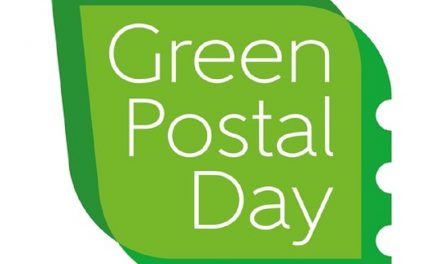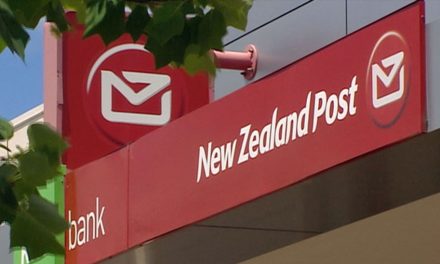
Kiwibank helps NZ Post deliver 34m dollars
NEW ZEALAND POST made $34.7 million after tax in the six months to December, largely as a result of rapid growth at Kiwibank.
The result compared with a net profit of $40.4 million in the 2004 half year, which was boosted by a $6 million gain from the sale of the Christchurch Mail Centre.
New Zealand Post now reports only half of its express freight business figures, having sold 50 per cent to DHL in a joint venture.
“Given that, and given the challenges there are in our core business over the half year, the performance and the result are very encouraging,” chief executive John Allen said.
The result was driven by Kiwibank — which contributed a $5.4 million profit — as well as by payment services and international mail.
Kiwibank had $2 billion in mortgage lending and $1.6 billion in deposits. “You can see that material growth being reflected in the growth of the balance sheet of the group.”
The company expected that to continue as Kiwibank signed up about 2500 customers a week.
But the volume of domestic letters was 1.8 per cent lower, unlike in the year-earlier half, when it rose 1.3 per cent.
Letter volumes have been declining by an average 1 per cent a year for nearly five years, mainly because of e-mail.
Bigger customers were consolidating their mail in one envelope, Mr Allen said.
“That is having an impact on revenue in the domestic postal business.”
Strategies to diversify during the past 13 years had lessened the risk from falling domestic mail volumes, however.
A rise in the 45c letter rate would have to be considered eventually but New Zealand Post would not cut home delivery from six days to five, despite the lower volumes.
The fall in letter volumes had been offset by growth in unaddressed junk mail and in packets and parcels volume “as the Trade Me phenomenon continues”, Mr Allen said.
As marketers began to understand that circulars could be cost-effective tools, junk mail was growing. Direct mail and priority mail also had potential for growth.
International mail volumes increased 3.1 per cent.
The mix of mail was changing, with few standard envelopes and more “chunky stuff which tends to be heavy and hard to handle”. These larger items were more expensive to handle, putting pressure on revenue and costs.
New Zealand Post was spending $80 million in the next five years to upgrade its automated mail sorting systems and new machines would be introduced progressively to all main centres in the next two years.
Post codes were also being improved to make delivery more accurate.
The Express Courier business had been affected by the slowing economy and higher fuel costs. Despite that, the tie-up with DHL was expected to provide growth for that business. New Zealand Post does not break out numbers for its freight business.
Mr Allen said he was confident of beating the 2005 full-year profit of $58.6 million, excluding the impact of one-off sales.
—————
Making a packet: Chief executive John Allen, with chief financial officer Peter Schuyt, said there was phenomenal growth in parcel trade during the latest period.












